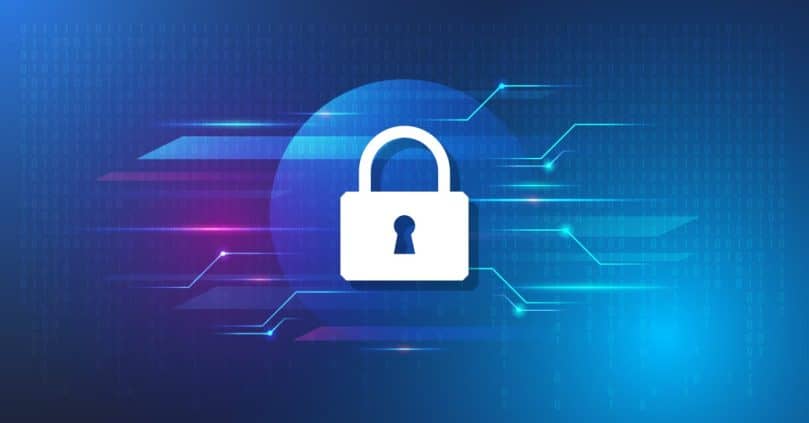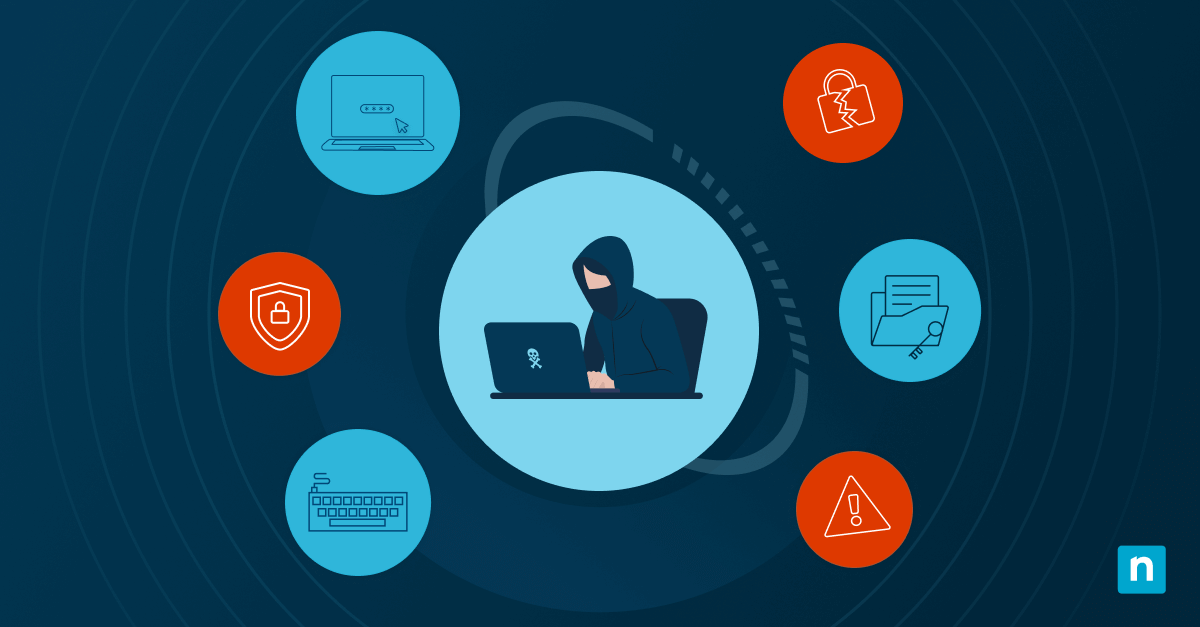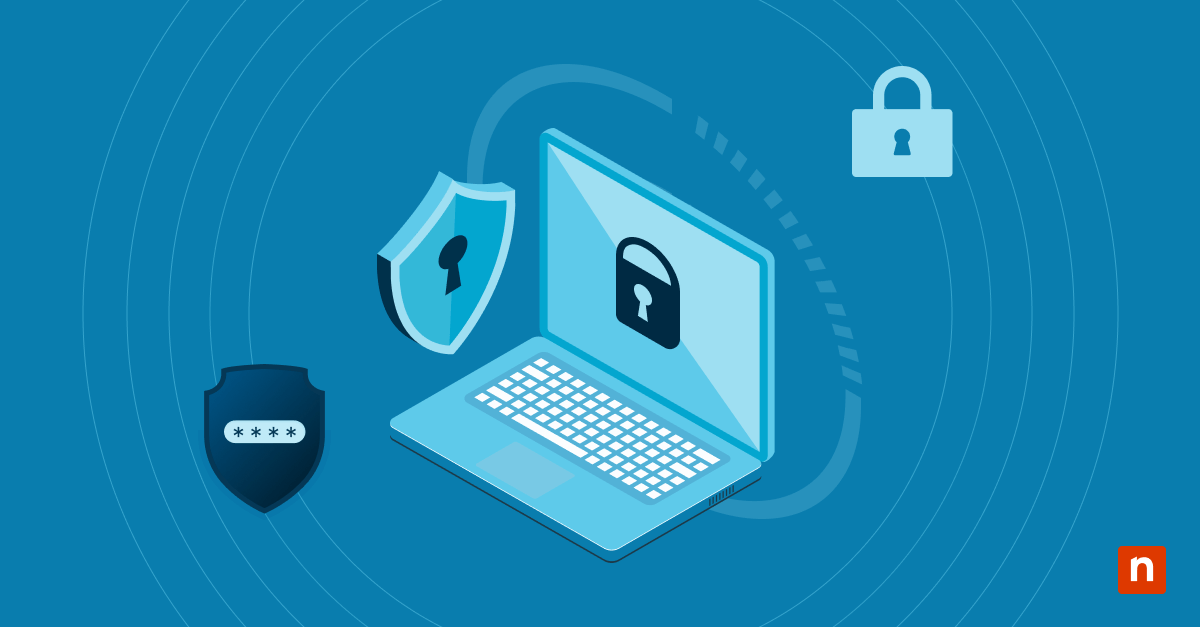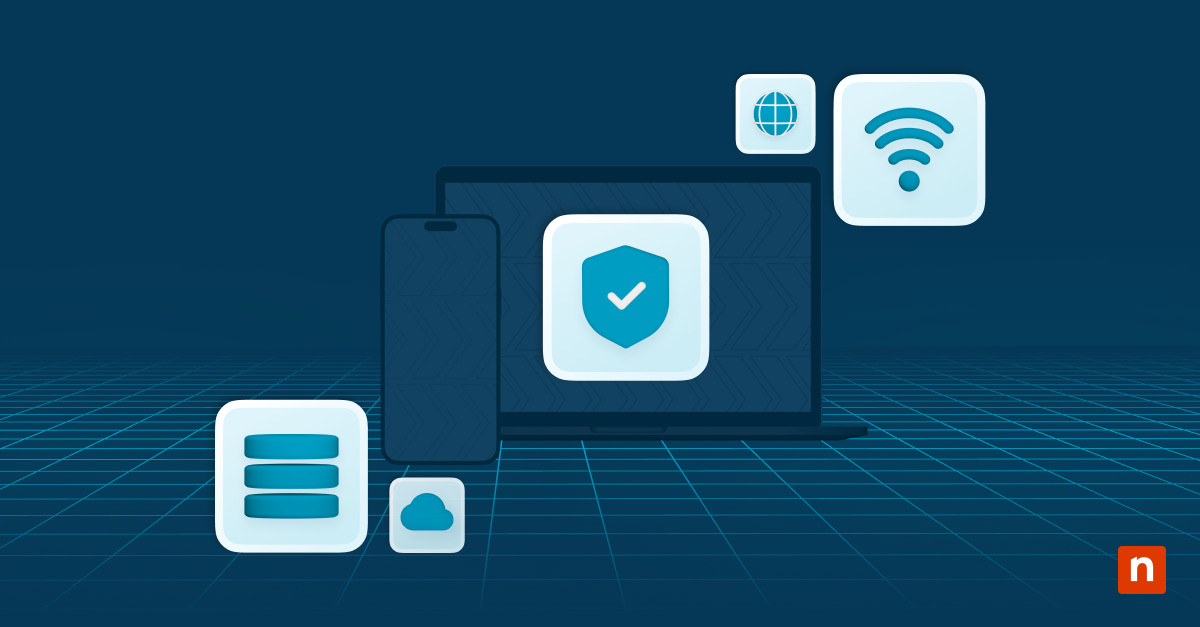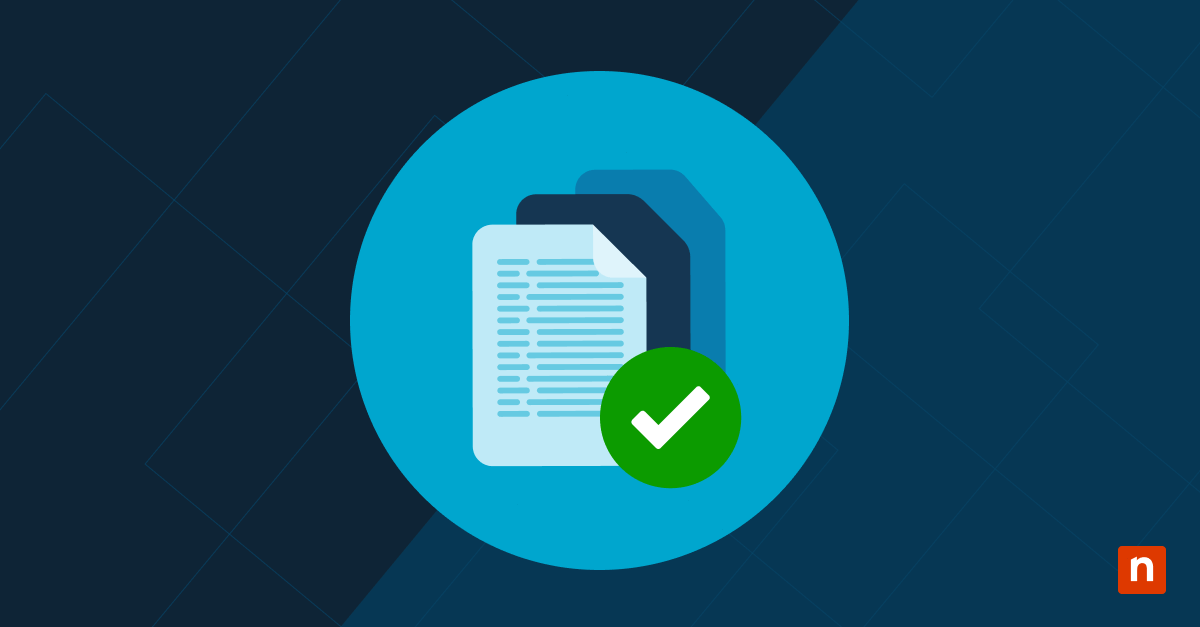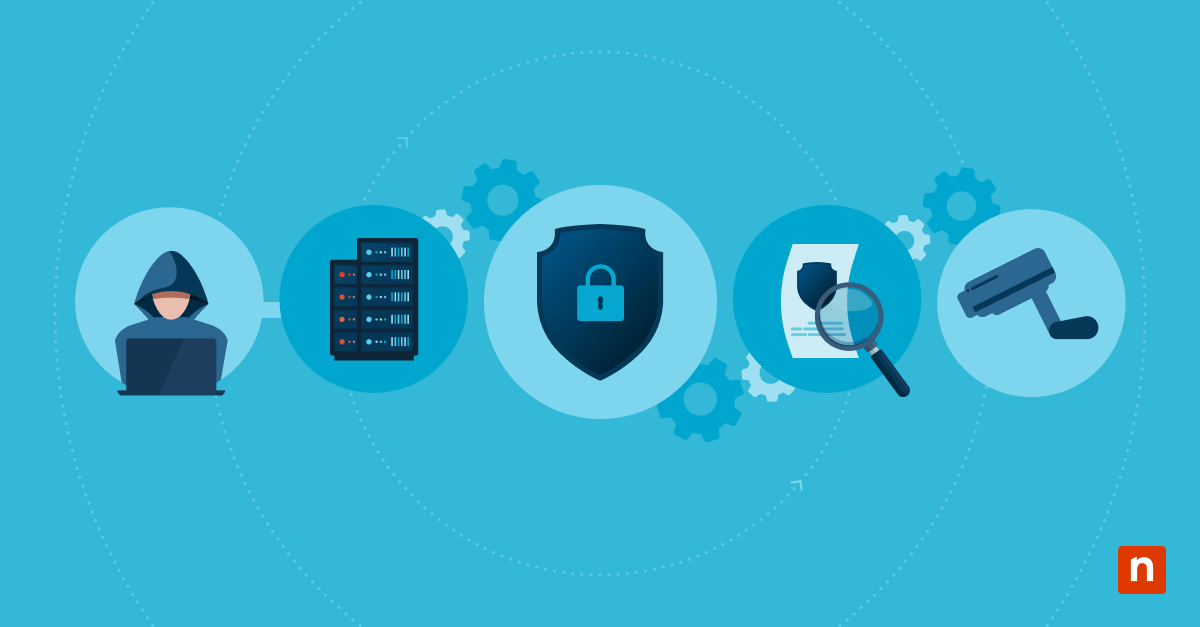The two words that IT and MSP teams never want to hear are “data loss.” According to Business Partner Magazine’s article on data backup, “94% of companies that fail to recover from a major data loss do not survive, and 43% of companies never resume their operation after a major data loss event.” To prevent these disasters from occurring, IT & MSP teams rely on data protection methods.
What is data protection?
Data protection is the process of safeguarding digital information and protecting it from loss, corruption, or destruction. With data protection, IT & MSP teams are able to access their important data at any time.
Data protection vs. data privacy & security
Although data protection, data privacy, and data security sound similar, they are different terms. The main goal of all these processes is to keep data safe and accessible for its users.
Data privacy
Data privacy focuses on the usage, or governance, of data. Essentially, data privacy methods focus on following procedures that prevent the misuse of data.
Data security
The term data security refers to all the processes, strategies, and methods that departments use to protect data from internal and external threats. Usually, businesses set data security measures in place to protect sensitive or confidential information.
Data protection
As mentioned above, data protection is the process of protecting information from loss, corruption, or destruction. Occasionally, businesses will use data protection as an umbrella term to refer to data privacy, security, and protection. SNIA’s data protection review explains that “data protection spans three broad categories, namely, traditional data protection (such as backup and restore copies), data security, and data privacy.”
Why is data protection important?
Every business needs accurate data to succeed. Data loss or destruction can hinder a business’s progress and even force it to shut down completely. Data protection ensures that data remains safe and accessible for authorized users.
How does data protection work?
There are many data protection methods out there, and they all safeguard valuable data. To prevent data loss or corruption, these methods create multiple copies of data. The copies are stored in various locations to keep them safe, unaltered, and ready for use.
3 types of data protection
Data protection methods can be separated into three main categories, or types. Keep in mind that some data protection methods can fit into more than one category.
1) Data backup
Data backup is the process of creating duplicate copies of data and storing them. NinjaOne’s Data Protection provides incremental block-level backup, allowing you to protect your data anywhere and at any time. The three main types of data backup are full, incremental, and differential.
-
Full
Full backup is the process of backing up all data.
-
Incremental
Incremental backup is the process of backing up data that has changed since the previous full backup.
-
Differential
Differential backup is the process of backing up only copies of data that have changed since the previous full backup.
2) Access management
Access management focuses on ensuring that authorized users have access to the data when they need it. Additionally, only authorized users will be able to alter or restore data.
3) Data redundancy
Data redundancy is the process of storing the same data in multiple locations. If one copy of data is destroyed, it can be recovered from a different location.
5 data protection methods
There are many ways to store data safely and securely. Some of the most common data protection methods include cloud backups, 3-2-1 backups, data vaulting, hard drives, and removable media.
1) Cloud backup
Cloud backups are reliable and easy to use. This type of backup allows you to access your data from anywhere with internet access. In order for cloud backup to be effective, you should back up data on a regular basis. When choosing this data protection method for an organization, remember that there is a difference between cloud storage and cloud backup, and they are not the same process.
2) 3-2-1 backup
Since an in-depth explanation of the 3-2-1 backup rule can take up a lot of space, we will only go over the basics. 3-2-1 backup is a backup strategy that involves creating three data copies (one primary and two backups), using two types of data storage, and choosing at least one type of offsite storage. It’s a straightforward rule that has been used for decades to ensure the safety of data.
3) Data vaulting
Data vaulting is the process of encrypting and storing data in an offsite vault. For this data protection method, businesses partner with a third-party provider who offers offsite data vaulting services.
4) Hard drives
External hard drives are convenient ways to create copies of data. Although hard drives can be used in the short-term, a single hard drive will not hold enough data for growing businesses.
5) Removable media
Removable media includes CDs, DVDs, disks, and flash drives. Similar to hard drives, these devices work well for short-term situations or smaller businesses, but they are not the best choices for growing companies.
How to choose data protection software
Choosing data protection software for internal IT & MSP teams is no small task. Data protection software allows you to automate the data protection process to make it faster, easier, and more reliable. Some features to consider as you browse the many options are their ease of use, visibility, reliability, data recovery, and backup capabilities.
At NinjaOne, our data protection software is secure, reliable, and easy to use. With secure recovery, block-level backup, ransomware resistance, self-service file restore, proactive alerting, and more, it’s no wonder that NinjaOne is one of the top choices for data protection.
Safeguard your data with data protection
Data protection allows organizations to protect digital information and prevent data loss, corruption, or destruction. On our website, you can learn more about NinjaOne Data Protection and how it keeps your data secure. Sign up for a free trial, and start protecting your data today.

